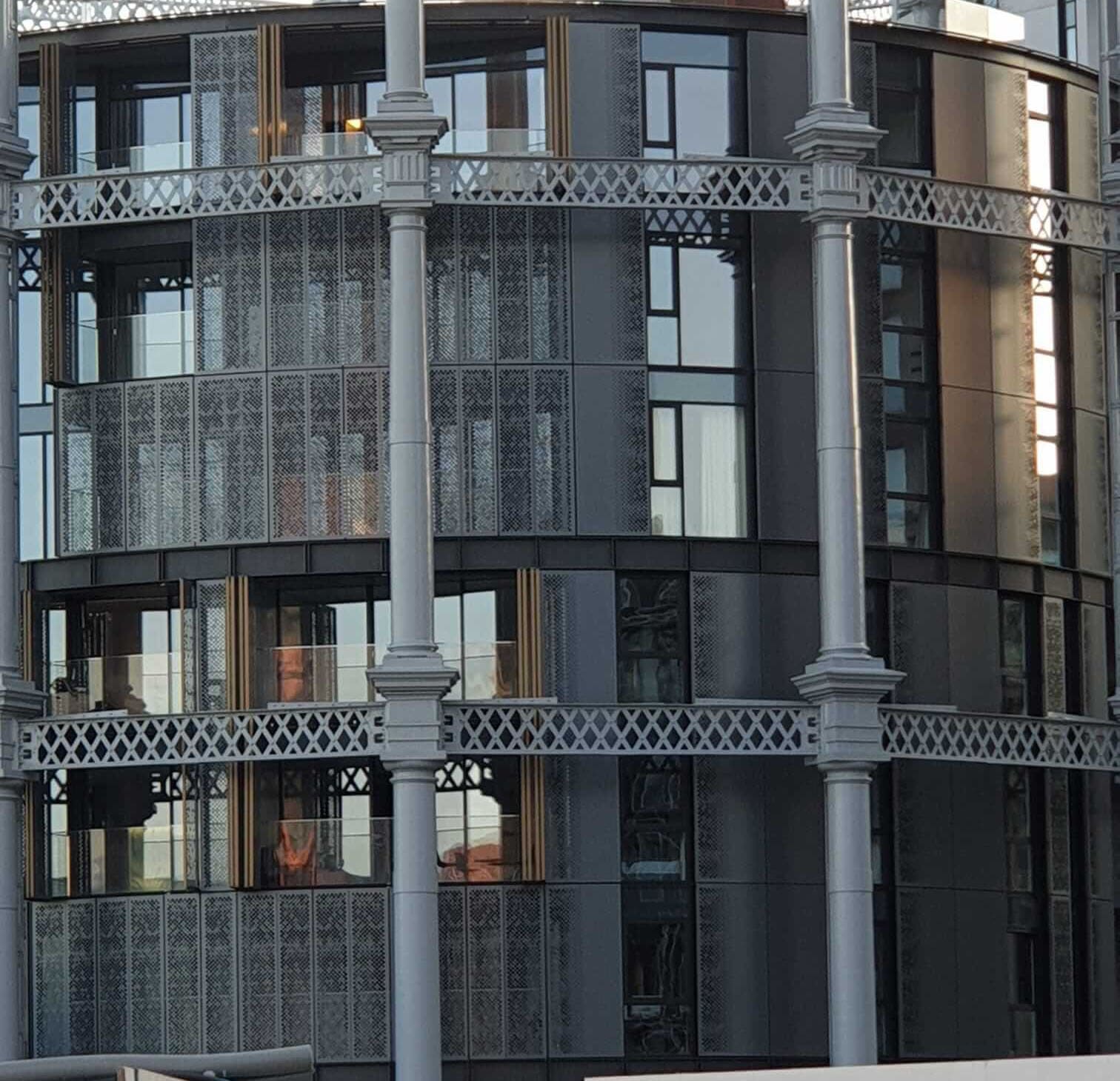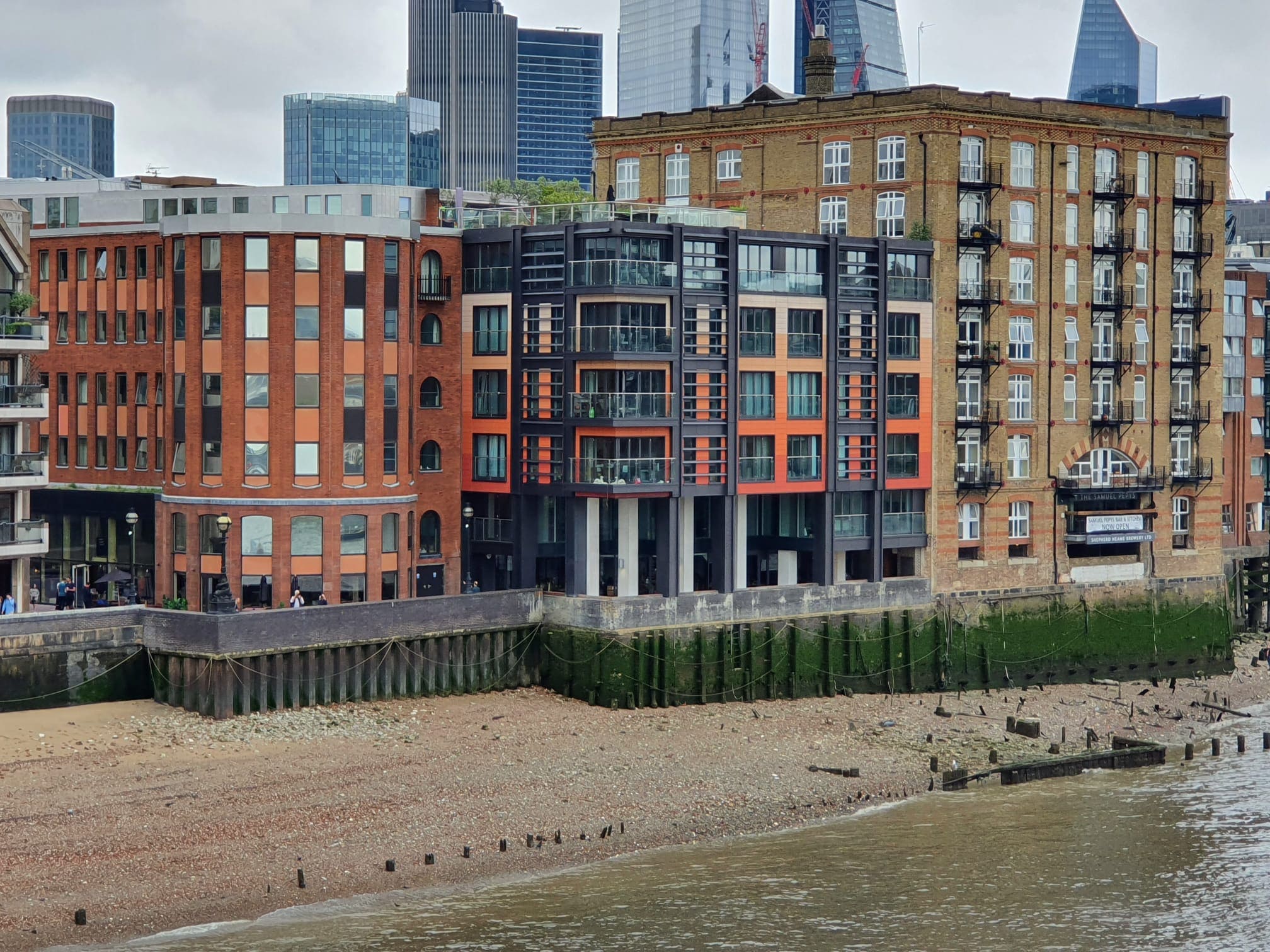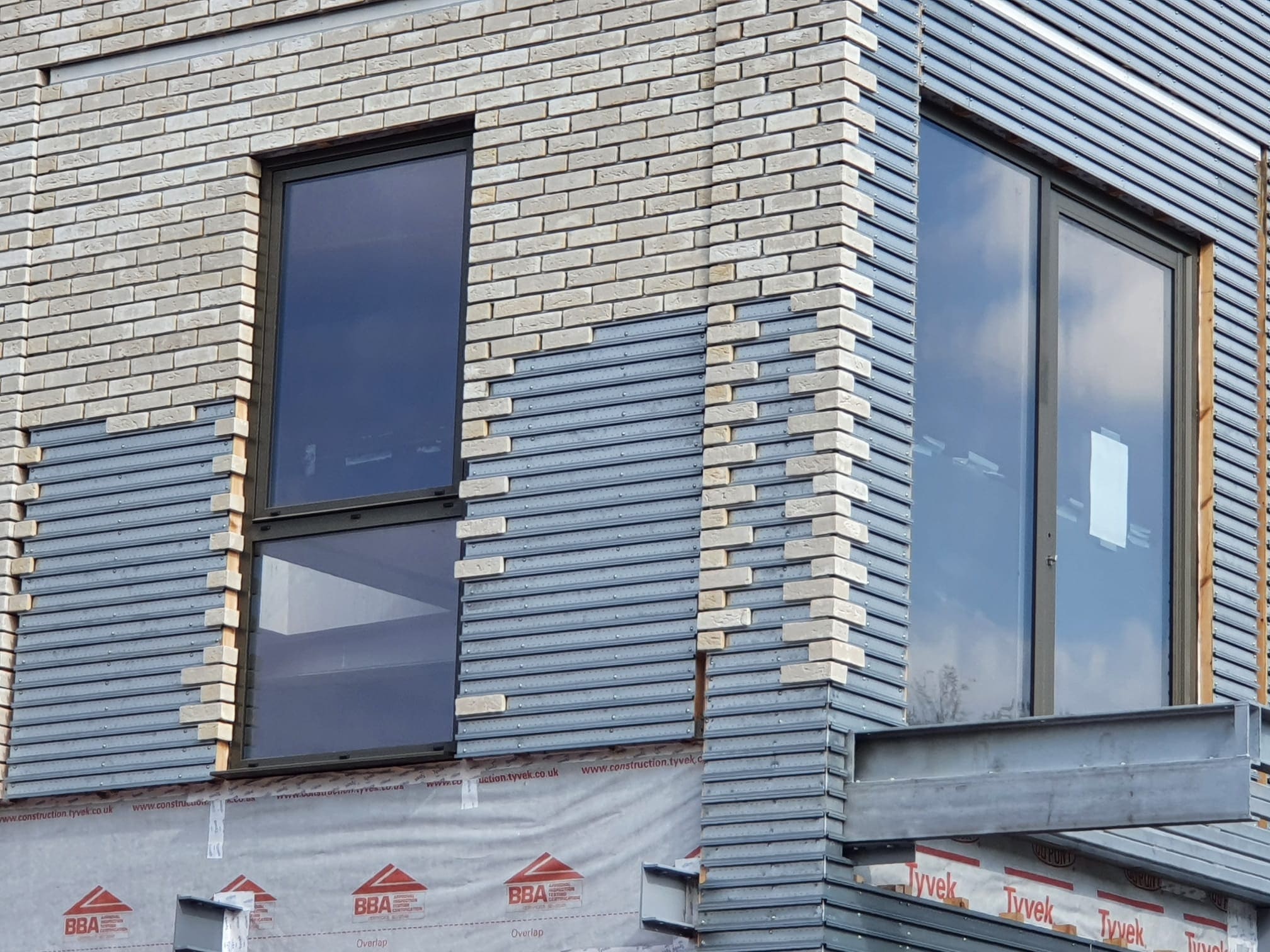 650
650
 0
0
The Grenfell Tower Inquiry and Its Ongoing Impact
As the Grenfell Tower Inquiry continues into its second phase, examining the causes of the tragic fire, many leaseholders in unsafe homes find little reassurance in the Fire Safety Act 2021, which was made law last month. While the Act was intended to address building safety failures, many affected homeowners remain trapped in unsafe properties with no clear financial support to help cover the cost of essential remedial work.
Leaseholders Left to Pay the Price
A major blow to leaseholders came with the defeat of the McPartland-Smith amendment in the House of Lords (242 votes to 153). This amendment sought to prevent leaseholders from bearing the full financial burden of remediation costs. However, without its protection, leaseholders now find themselves legally and financially liable for making their homes safe. Despite Prime Minister Boris Johnson’s previous assurance that no leaseholder should have to pay unaffordable costs for defects they did not cause, the reality is far different. Some leaseholders now face bills of up to £100,000 each to meet the new safety requirements.
The Confusion Over EWS1 Forms
Adding to the financial strain is the frequently misleading and problematic EWS1 fire safety form. Some leaseholders have had to pay for multiple duplicate forms, increasing costs unnecessarily. The lack of clarity and consistency surrounding this process has left many uncertain about their legal obligations and how to secure funding to meet new safety regulations.
Government Support: A Limited Solution?
For leaseholders living in high-rise buildings over 18 meters, the Building Safety Fund provides some assistance. However, it is a limited resource that does not cover all necessary fire safety works. Critical issues such as compartmentation defects and fire door inspections remain largely unaddressed, leaving many homes still vulnerable to fire risks. For buildings below six storeys, the Government’s promised loan scheme has yet to materialize. Meanwhile, the Bank of England has expressed concerns that the cladding crisis is negatively impacting property values to the extent that it could even trigger another financial crisis.
The Delayed Loan Scheme and Its Potential Pitfalls
The Ministry of Housing, Communities and Local Government insists that the forthcoming loan scheme is the best solution for remediation costs. However, this scheme falls under the Building Safety Act, meaning it could take up to two years to pass into law. Critics have also raised concerns about the structure of the loan scheme, which could leave leaseholders paying up to £50 per month for fire safety repairs—costs that should not be their responsibility in the first place.
Where Do Leaseholders Go from Here?
At this stage, there is little confidence that fire safety issues are a top priority for the Government. Every day, leaseholders face crippling remediation bills, skyrocketing insurance premiums, and ongoing maintenance costs. Something needs to change—and fast. But as of now, there is no clear indication of where meaningful support will come from. At Ringley, we are actively working to support leaseholders wherever possible. We recognize the ongoing challenges with EWS1 forms and the Building Safety Fund, and we will continue to advocate for solutions that ensure homes are made safe and compliant with new regulations.





Meet our Expert Property Commentators



























